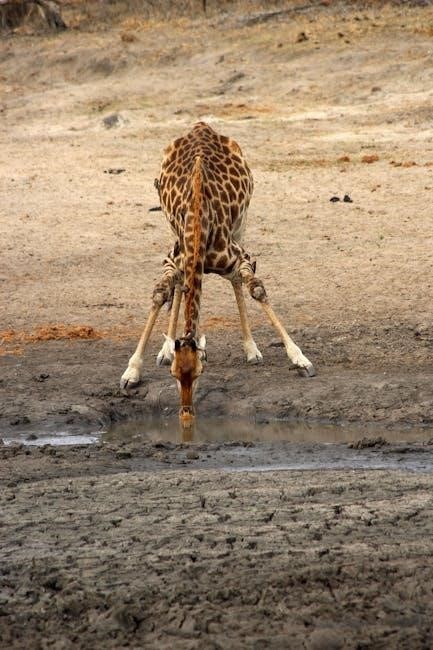Learning wilderness long-term survival requires patience and practice with skills
Understanding the Importance of Survival Skills
Survival skills are crucial for wilderness long-term survival, enabling individuals to thrive in harsh environments.
These skills include finding and purifying water, building shelters, and starting fires, among others.
Having the right skills can significantly increase chances of survival, making it essential to learn and master them.
With the help of the internet, individuals can access various resources and guides to learn these skills.
The wilderness long-term survival guide provides valuable information on the importance of survival skills and how to acquire them.
It emphasizes the need for patience, practice, and dedication to develop these skills.
By understanding the importance of survival skills, individuals can better prepare themselves for wilderness adventures and emergencies.
The guide also highlights the benefits of learning survival skills, including increased confidence and self-reliance.
Overall, the wilderness long-term survival guide is a valuable resource for anyone looking to learn and master survival skills.
It provides a comprehensive overview of the skills needed to survive in! the wilderness and how to acquire them.

Essential Gear Selection for Long-Term Survival
Choosing the right gear is vital for long-term wilderness survival with necessary items
Water Procurement Techniques and Purifying Water Naturally
Access to clean drinking water is crucial for survival in the wilderness, and there are several techniques for procuring and purifying water naturally. One method is to collect dew or rainwater, which can be done using a variety of materials such as leaves, rocks, or plastic bags. Another method is to find a natural source of water, such as a stream or river, and purify it using methods such as boiling, sand filtration, or solar disinfection. It is also important to know how to identify potential sources of water, such as animal tracks or bird flight patterns, and how to extract water from plants, such as cacti or bamboo. Additionally, understanding the water cycle and how to conserve water is essential for long-term wilderness survival. By mastering these techniques, individuals can ensure a steady supply of clean drinking water, even in the most remote and inhospitable environments, and stay healthy and hydrated.

Shelter Options for Extended Stays in the Wilderness
Lean-to shelters and log cabins provide protection from elements naturally
Importance of Insulation, Ventilation, and Waterproofing in Shelter Construction
Proper shelter construction is crucial for wilderness long-term survival, and insulation, ventilation, and waterproofing are essential components. Insulation helps to maintain a stable temperature, reducing heat loss and keeping the shelter warm. Ventilation is also vital, as it removes moisture and prevents the buildup of condensation, which can lead to mold and mildew. Waterproofing is necessary to prevent water from entering the shelter, which can cause structural damage and make the shelter uninhabitable. A well-constructed shelter with these features can provide a safe and comfortable place to rest, protecting from harsh weather conditions and wildlife. By understanding the importance of insulation, ventilation, and waterproofing, individuals can build a shelter that meets their needs and increases their chances of survival in the wilderness. This knowledge is critical for anyone venturing into the wilderness, and can be the difference between life and death. Effective shelter construction requires careful planning and attention to detail.

Fire Building Techniques for Long-Term Wilderness Survival
Mastering fire starting methods is crucial for wilderness survival with skills
Mastering Fire Starting Methods and Maintaining a Sustainable Fire
Fire starting is a fundamental skill for wilderness survival, providing warmth, light, and a means to cook food. To master fire starting, it is essential to understand the different methods, including using matches, lighters, and primitive techniques such as flint and steel or bow drill. Maintaining a sustainable fire requires careful attention to the fire’s size, shape, and ventilation. A well-maintained fire can provide a reliable source of heat and light, while also helping to conserve energy and resources. Additionally, learning how to build a fire in different weather conditions, such as rain or snow, is crucial for wilderness survival. By mastering fire starting methods and maintaining a sustainable fire, individuals can significantly increase their chances of survival in the wilderness. With practice and patience, anyone can develop the skills necessary to start and maintain a fire, even in the most challenging environments. This skill is essential for long-term wilderness survival.

Food Procurement and Preparation in the Wilderness
Procuring food in wilderness requires knowledge of edible plants and hunting skills always
Building the Ultimate Survival Fishing Kit and Catching Food from the Wild
A survival fishing kit is essential for catching food in the wild, and building the ultimate kit requires consideration of several factors, including the type of fish you want to catch and the environment you will be in. The kit should include a variety of hooks, lines, and lures, as well as a net and other tools to help you land and clean your catch. Additionally, it’s important to know how to use the kit effectively, including how to tie knots, cast a line, and set hooks. With the right kit and knowledge, you can catch a variety of fish and other seafood, providing a sustainable source of food in the wilderness. This can be a crucial component of a wilderness long-term survival guide, as it allows you to obtain a steady supply of protein and other essential nutrients. By including a survival fishing kit in your wilderness survival plan, you can increase your chances of survival and thrive in the wild;
